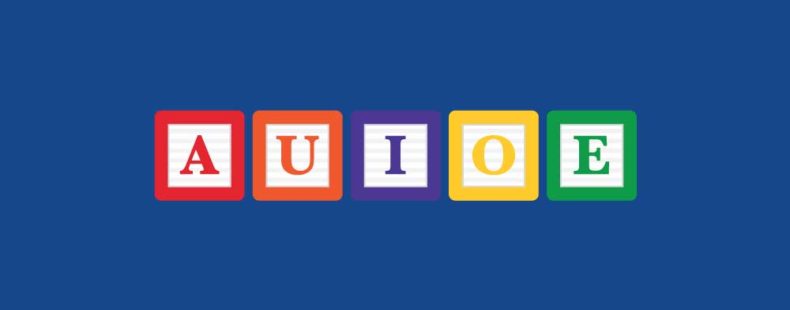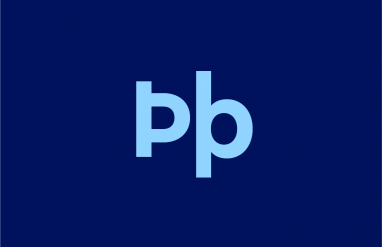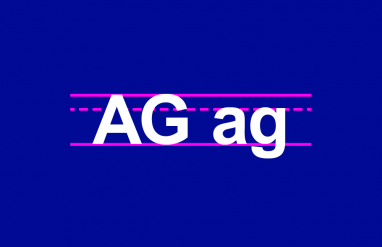When they are learning to read, children are often taught about syllables first. Having a firm understanding of how many syllables appear in each word and how each of those syllables is pronounced makes the introduction to reading a little bit easier.
If children know how to identify the syllables in a word, they can break longer multisyllabic words up into smaller, more manageable segments that are easier to sound out.
In fact, breaking words up into individual syllables is so beneficial to pronouncing them that you may have noticed this practice outside of the classroom as well. (Hint: it is how each word in the dictionary is broken up.)
What is a syllable?
A syllable is the uninterrupted segment of speech that can be found in a single word, which consists of a vowel sound (but not always a vowel, like in the word psst), a diphthong, or a syllabic consonant.
A syllable may or may not include the preceding or following consonant sounds as well. All this is a technical way of saying a syllable is one unit of sound, and it can be composed of a variety of combinations of vowel and consonants. For example, through and thought both have one syllable, but thought includes two consonant sounds before and after the vowel sound.
Knowing which type of syllable each segment contains gives kids an indication of how each portion of the word should sound. The same can be said for the importance of understanding vowels. Knowing the different sounds they make, especially in relation to the letters that surround them, can help young readers sound out new words phonetically.
Breaking down the seven different types of syllables
The easiest way to teach someone to count how many syllables are in a word is to have them hold their hand under their chin and count how many times their jaw drops down to touch their hand. Tiger, for example, will make their jaw drop twice: ti-ger. While the word refrigerator will make their jaw drop five times: re-frig-er-a-tor.
There are seven types of syllables:
1. Closed: when the syllable ends in a consonant, it gives the vowel a short sound. In the examples of bat and rat, each syllable ends in a T, making the A sound like ah.
2. Open: when the syllable ends in a single vowel, it gives the vowel a long sound. With a single syllable word like fly, the syllable ends in the vowel Y. In a two syllable words like tiger (ti-ger), the first syllable is open, giving it the long sound tahy (as in eye).
3. Magic E: when the syllable has a long vowel/consonant but ends in a silent E. In the word take (which has just one syllable), the E at the end of the word makes the A sound like ey (teyk).
4. R-Controlled: when the vowel(s) in a syllable is followed by the letter R, it allows the vowel to be “controlled” by the sound the R makes when added to it. Say the word star, and then say the word stab. See how the two A’s sound different? That is the R controlling how you are pronouncing it. Arrrrre you with me?
5. Diphthong: when two vowels create a whole new sound by being next to one another, like two vowels sounds blended. Diphthongs include letter combinations like oi, oy, oo, ou, ow, au, and ew. Cloud, annoy, pout, and cause are all examples of sounds that are changed by their neighboring vowels. Don’t believe me? Try saying the words stop and loud while paying attention to both the way your mouth moves and the way the O sound changes.
6. Consonant-L-E: when the final syllable is made up of a consonant and -le combination. Rubble (rub-ble), maple (ma-ple), and circle (cir-cle) are all examples where the word ends in a syllable that contains the consonant (like the B in rubble, the P in maple, and the C in circle).
7. Vowel Team: when two vowels are next to each other, but make a single vowel sound like ai, ea, oa, ee, ay, and oe. Pie is a good example where there are two vowels, the I and E, but you only hear one sound.
What is a vowel?
A vowel is the sound you make while speaking that neither directs nor obstructs the constant flow of air from your lungs.
It is different from a consonant, where the sound can be made with or without changing the flow of air from your lungs. Try saying O like ooooh (which feels like pushing air out of your lungs in a constant stream) vs. H, which involves a little more work from both your lungs and your tongue.
There are six vowels: A, E, I, O, U and sometimes Y.
Why sometimes Y? Because sometimes it sounds like fellow vowels A, E, and I depending on where it sits, and what letter it sits next to, in a word. When Y is in the beginning or middle of a word, it is more likely to be considered a consonant (as in the words yes and beyond, where the Y sounds like a Y). When the letter Y appears towards the middle or end of a word, it is more likely to be considered a vowel (like in the words gym and cry, where the Y sounds more like an I).














